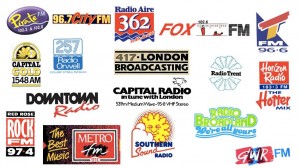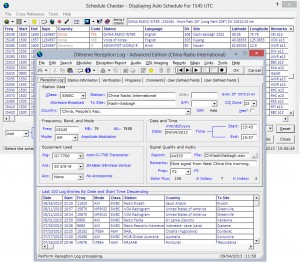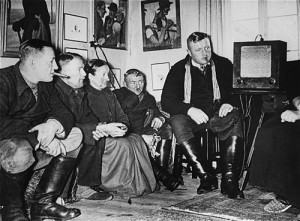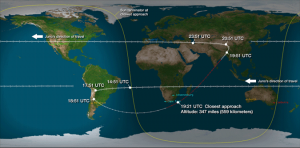 Many thanks to SWLing Post reader, Troy, who emailed us about a really fun and unique opportunity for amateur radio operators: to send the NASA spacecraft Juno a Morse Code greeting [specifically, “HI”] when it passes over Earth tomorrow, starting around 18:00 UTC.
Many thanks to SWLing Post reader, Troy, who emailed us about a really fun and unique opportunity for amateur radio operators: to send the NASA spacecraft Juno a Morse Code greeting [specifically, “HI”] when it passes over Earth tomorrow, starting around 18:00 UTC.
The NASA Jet Propulsion Laboratory explains:
“NASA’s Juno spacecraft will fly past Earth on October 9, 2013, to receive a gravity assist from our planet, putting it on course for Jupiter. To celebrate this event, the Juno mission is inviting amateur radio operators around the world to say “HI” to Juno in a coordinated Morse Code message. Juno’s radio & plasma wave experiment, called Waves, should be able to detect the message if enough people participate. So please join in, and help spread the word to fellow amateur radio enthusiasts!
This page will be updated with additional information as the event approaches. In addition, we have created a Facebook event page where you are welcome to a discuss[ion of] this activity.”
 To be clear, this is a coordinated and unified message to the Juno craft; there will be no opportunity to hear a response from it. Rather, the Waves instrument data containing the message will be shared by the Juno team after the flyby. But still, what fun!
To be clear, this is a coordinated and unified message to the Juno craft; there will be no opportunity to hear a response from it. Rather, the Waves instrument data containing the message will be shared by the Juno team after the flyby. But still, what fun!
If you’re a licensed ham, and this sounds like something that you’d like to be part of, please check out the the NASA JPL page dedicated to this event. It has all of the information you’ll need to transmit to Juno, including a countdown clock–or to simply listen to everyone who does. Be sure to check out Juno’s Technical FAQ (click on the FAQ link) which answers a lot of the questions participants have already asked.
I’ll certainly do my best to be a part of the unified greeting to Juno.
I should note that I’m pleased to see the JPL page is running despite the US government shutdown. Many other NASA web pages have been affected.
Hi, Juno; we send our greetings!

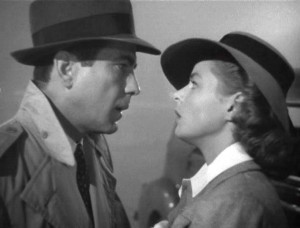 Thursday night, I received word from Richard Blaine at Radio Casablanca:
Thursday night, I received word from Richard Blaine at Radio Casablanca:
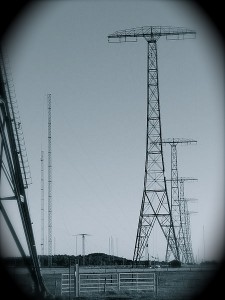
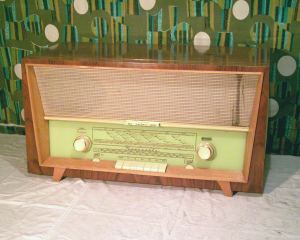
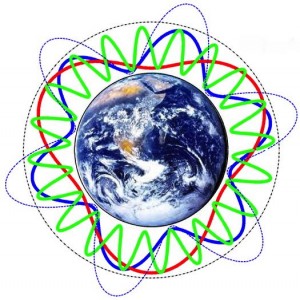 Two weeks ago, at the
Two weeks ago, at the 


